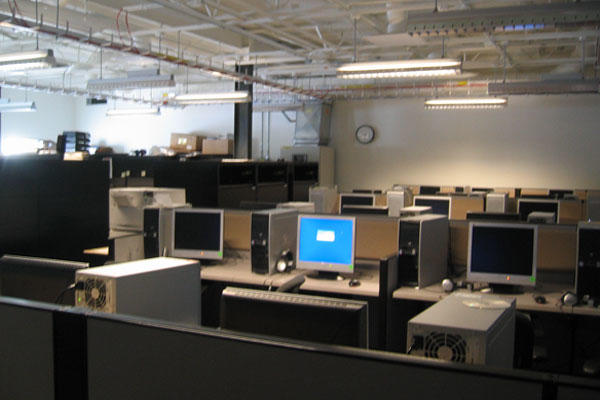Workers with disabilities face a number of challenges in finding work -- not the least of which is employers' lack of understanding about how to accommodate an employee's disability. But according to disability experts, the information technology industry holds promise for workers with disabilities, in part because of the variety of technologies being used to help people cope with disabilities at home and in the workplace.
IT workers, along with IT departments and employers, may be among those most willing to push for technologically advanced solutions to accommodation, say advocates for people with disabilities.
Accessibility Rules Offer Employment Opportunities
Andrew J. Imparato, president and CEO of the American Association of People with Disabilities (AAPD), says the need for compliance with the law known as Section 508, which requires federal agencies' electronic and information technology to be accessible to people with disabilities, makes IT an ideal field for those the law is supposed to help. In some situations, IT workers with disabilities may even have a "competitive advantage," he says, because of their better understanding of what's required when making information accessible.
Figures vary, but according to the AAPD, just one in three adults with significant disabilities works. With such low workforce participation, disability organizations are working to identify fields conducive to workers with disabilities. Given job growth projections for IT, as well as other factors, IT is viewed as one field people with disabilities should consider.
Factors that make IT far more open to workers with disabilities than other fields include an emphasis on innovation, startup culture and the likelihood of workers' familiarity with assistive technology, says Brewster Thackeray, vice president of communications and government relations at the National Organization on Disability (NOD).
Employees Educate Employers on Accessibility
But experts caution against too much optimism, as workers with disabilities still face a variety of obstacles, including the need to educate employers about the possibilities for accommodating employees with assistive technologies such as screen magnification software and amplified phones. A national survey of professionals working with assistive technology conducted by Clarkson University, whose main campus is in New York, and the Good Shepherd Rehabilitation Network found wide agreement that increased awareness of these technologies would help more people live independently and emerge from unemployment.
Some employers are learning about these technologies as older workers develop disabilities, says Vicki Hanson, co-chair of SIGACCESS, the Association for Computing Machinery's (ACM) Special Interest Group on Accessible Computing. "It's really the aging workforce that has people concerned these days," she says, referring to the growing number of older workers with visual impairments, hearing loss and other disabilities. "They want to keep those workers on the job, and that opens the employer's eyes."
Often, the worker informs the employer about accommodations. "Employers on the whole aren't as aware of what they can or should do," said Hanson, who also is manager of the accessibility research group at IBM's T.J. Watson Research Center. "Often they rely on the employee."
Efforts are underway to bring more workers with disabilities into IT and increase awareness of how employees with disabilities can be accommodated with use of assistive technologies.
A joint program from the AAPD and Microsoft, for instance, offers 10-15 college students with disabilities internships at federal agencies in Washington, DC. The participants, all of whom are pursuing IT careers, have had various disabilities, including autism and deafness. The program aims to demonstrate to both private and public employers that students with disabilities are capable members of the IT workforce. "We've been very encouraged by the IT internship program," Imparato said.
As more people with disabilities are accommodated in the workforce, companies will understand how to make that happen for current and new workers.
The Next Step: Find the Right Veteran Job
Whether you want to polish up your resume, find veteran job fairs in your area, or connect with employers looking to hire veterans, Military.com can help. Sign up for a free Military.com membership to have job postings, guides and advice, and more delivered directly to your inbox.











